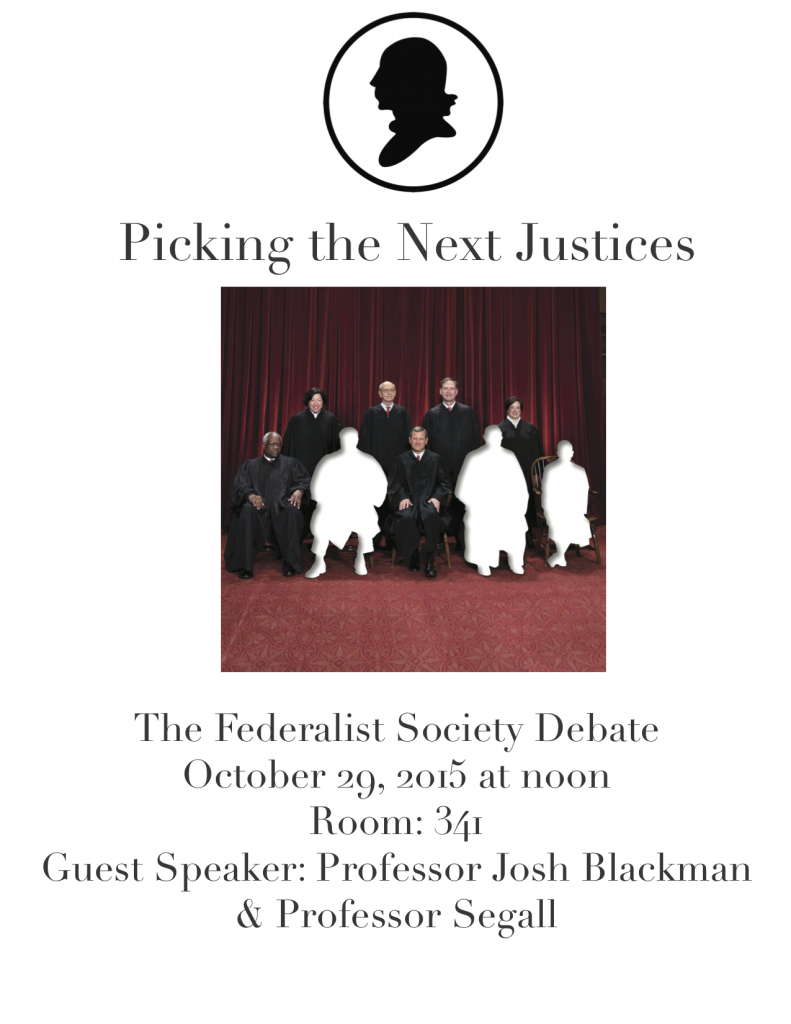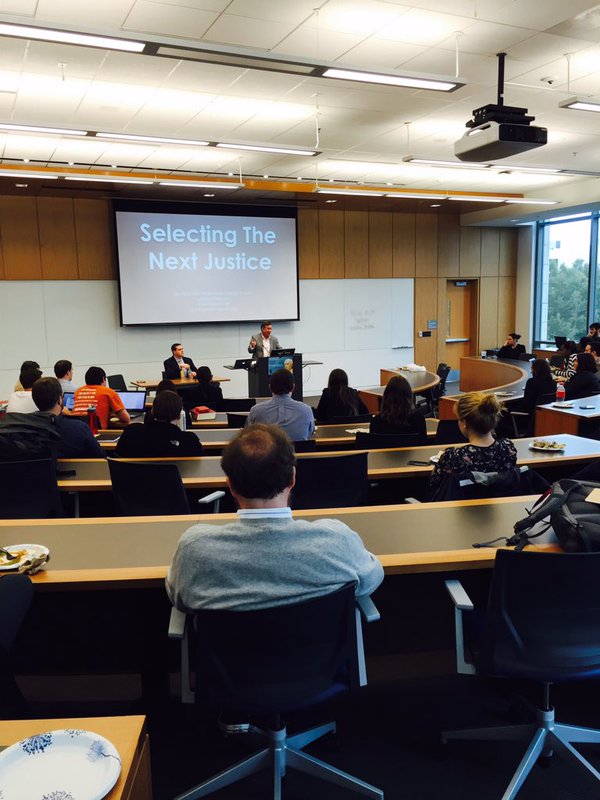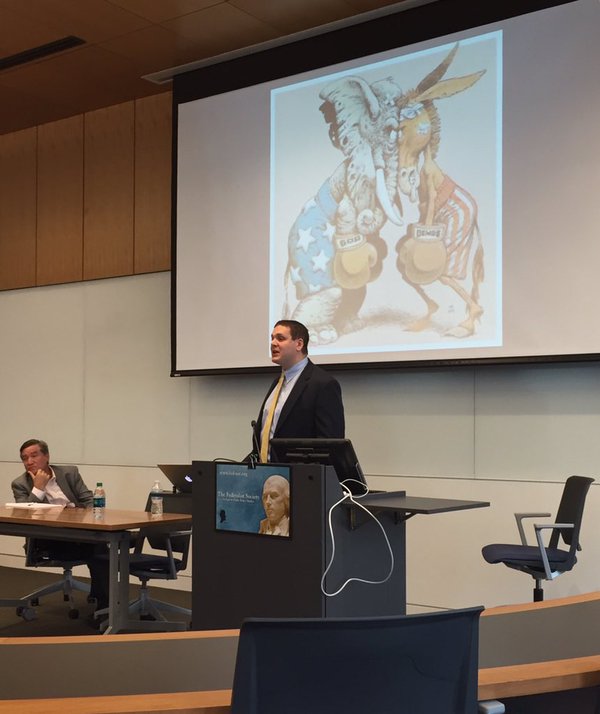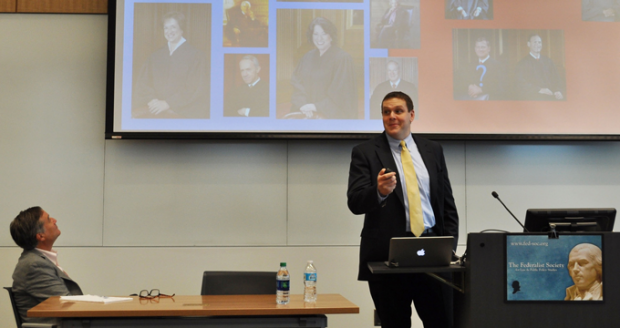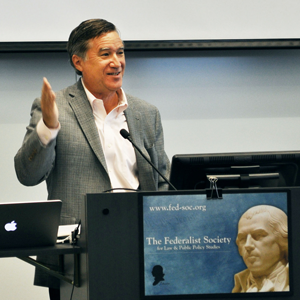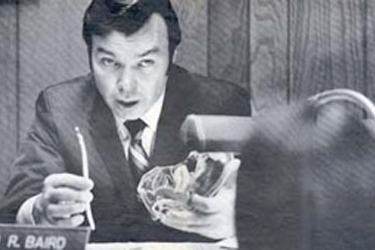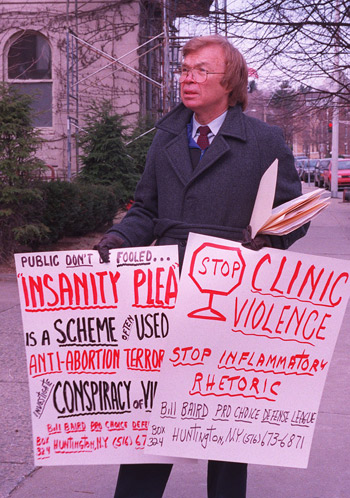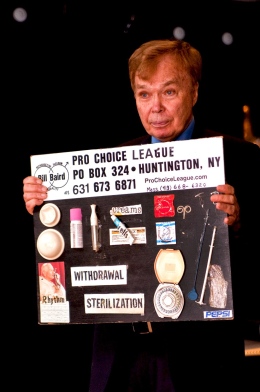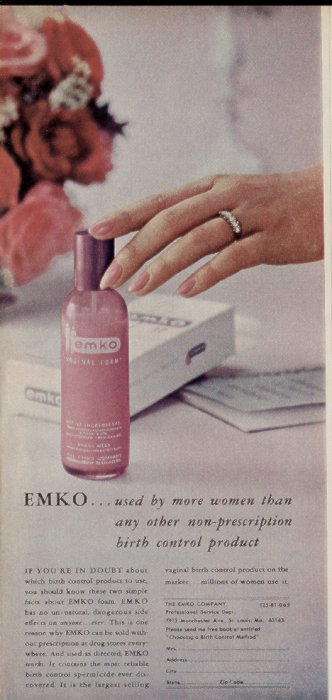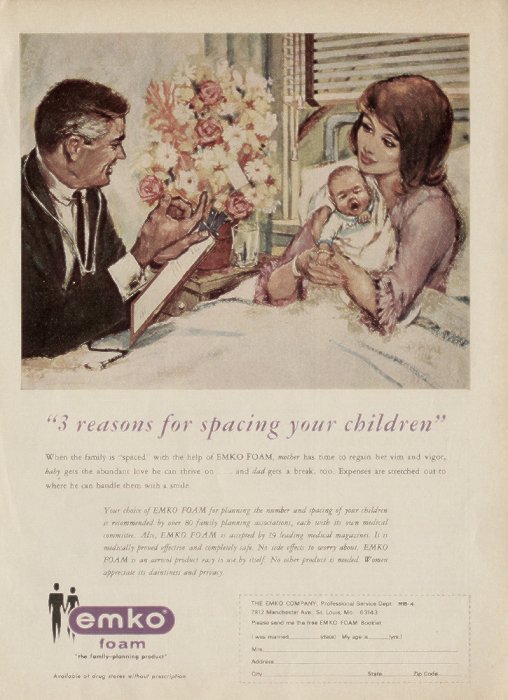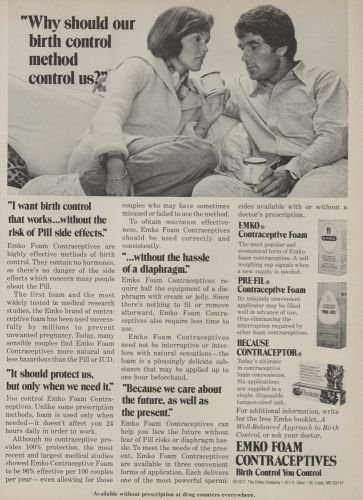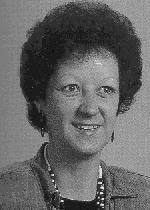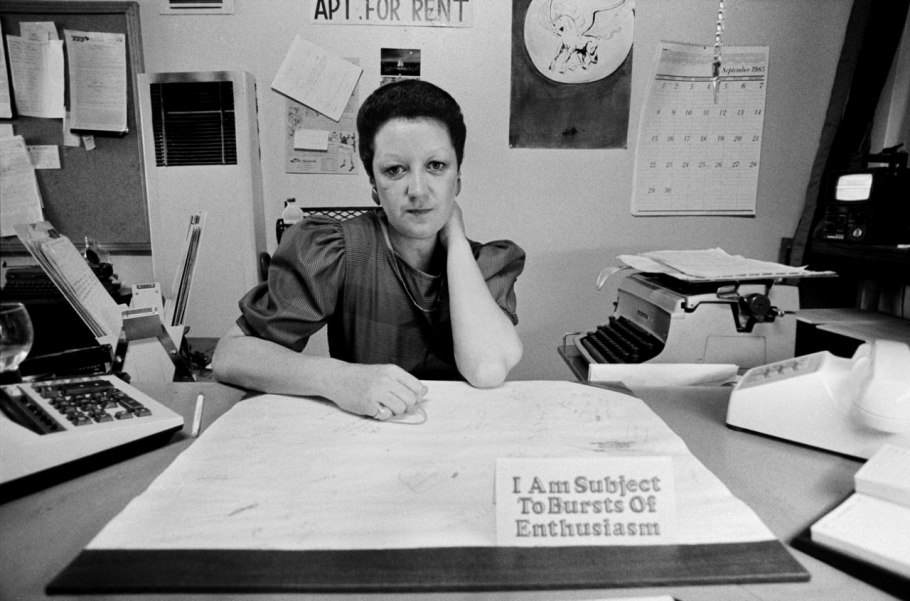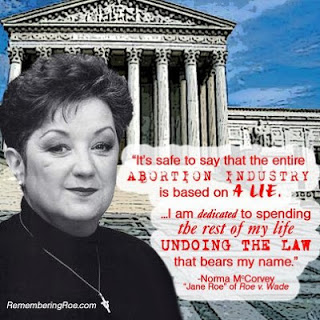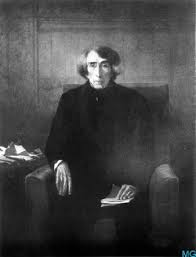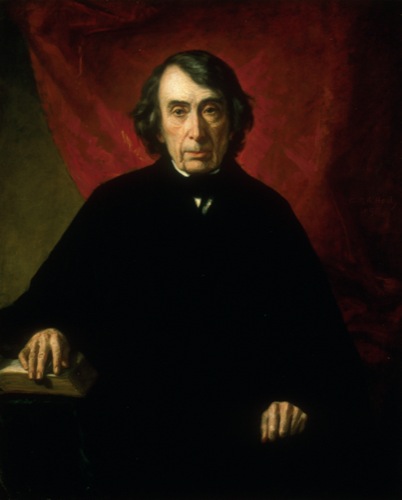Tony Mauro reports in the National Law Journal that the Jones Day law firm hired ten Supreme Court clerks this year, topping its previous record of seven. More from WSJ. For reaction, Tony gets a quote from Seth Waxman, who chairs the Supreme Court practice at Wilmer Hale.
Seth Waxman, a former U.S. solicitor general who heads the appellate and Supreme Court practice at Wilmer Cutler Pickering Hale and Dorr, questioned how any firm could provide enough work to such a large number of associates in a way that would grow their talents and keep them at the firm.
“In our practice, we’re looking to mentor and train associates with the intention that they be our colleagues for a long period of time,” Waxman said. “I am skeptical that any law firm could provide that kind of mentoring and commitment” to such a large number of former law clerks.
Beth Heifetz, who chairs Jones Day clerk hiring process offered this reply:
“We are able to recruit and retain so many clerks each year because we have demonstrated to each preceding class our ability to integrate them into the casework more easily than most firms can,” Heifetz said.
The former clerks “enjoy the opportunity to continue to work with one another and with other recent clerks,” she said.
Jones Day makes “a big commitment to helping each lawyer develop professionally in the way that makes the most sense for each individual lawyer,” Heifetz said.
The retention rate for the clerk hires at the firm is high, Heifetz said. A National Law Journal tally determined that of the 19 former high court clerks Jones Day hired over the last three terms, only two have left the firm—both from the 2011-2012 class.
Clients are pleased with the firm’s hiring of former high court clerks, Heifetz added, and her colleagues at the firm, “to a person, believe in our recruitment [of Supreme Court clerks] and stand behind it.”
Heifetz said the firm did not make offers to all of last term’s clerks but met with many of the clerks after their stint at the court was over.
In Unprecedented, I discuss the role that Jones Day’s team of #SCOTUS played in NFIB choosing them to argue the Obamacare decision:
Initially, the case was “presumptively” going to Gibson, but after Jones Day’s pitch, which approached the case from the “ground floor,” Harned changed her mind. Harned told me she “didn’t really know the attorneys at Jones Day” before the interview, but was “blown away at the level of thought they had already given the case—a lot more than from other firms.” Harned was also impressed by the breadth of experience at Jones Day, which had recently hired a large number of Supreme Court clerks from both conservative and liberal justices. Barnett advised Harned that Jones Day had the “right strategy” and was the “best choice.” Barnett favored Jones Day because he “wanted a firm that was least likely to follow his lead, and most likely to con- tribute their own theories. This is exactly what happened.”
Jones Day will also figure prominently in the sequel, Unraveled, for their role in King v. Burwell.
